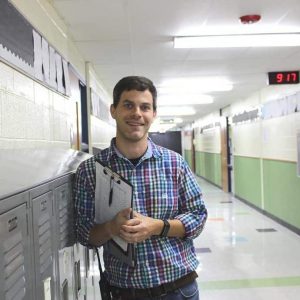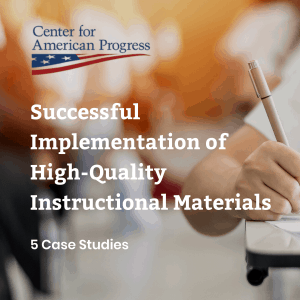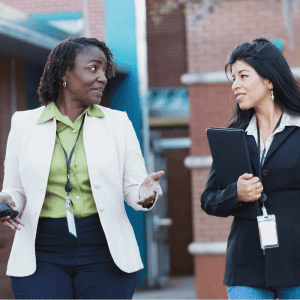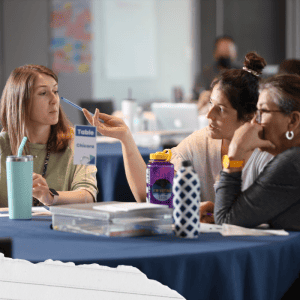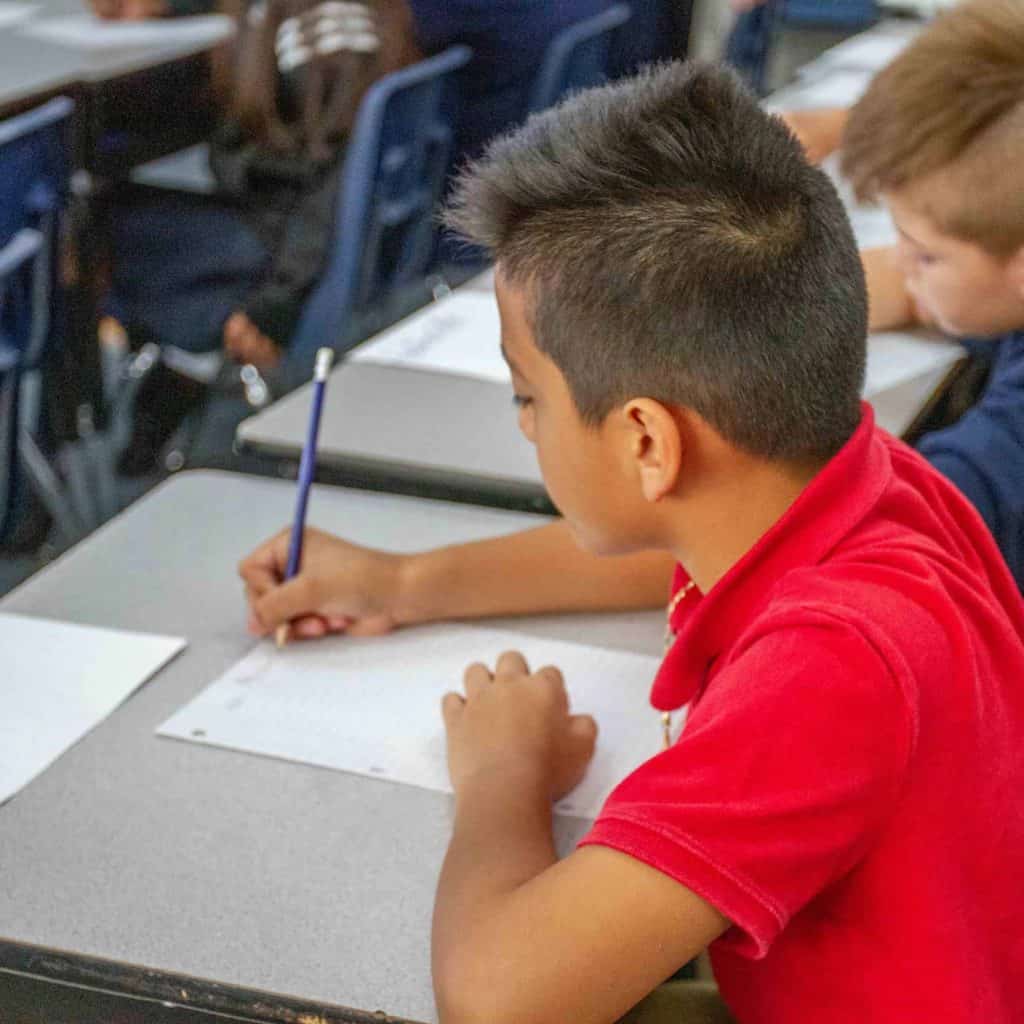
Not One-Size-Fits-All
11/01/2019
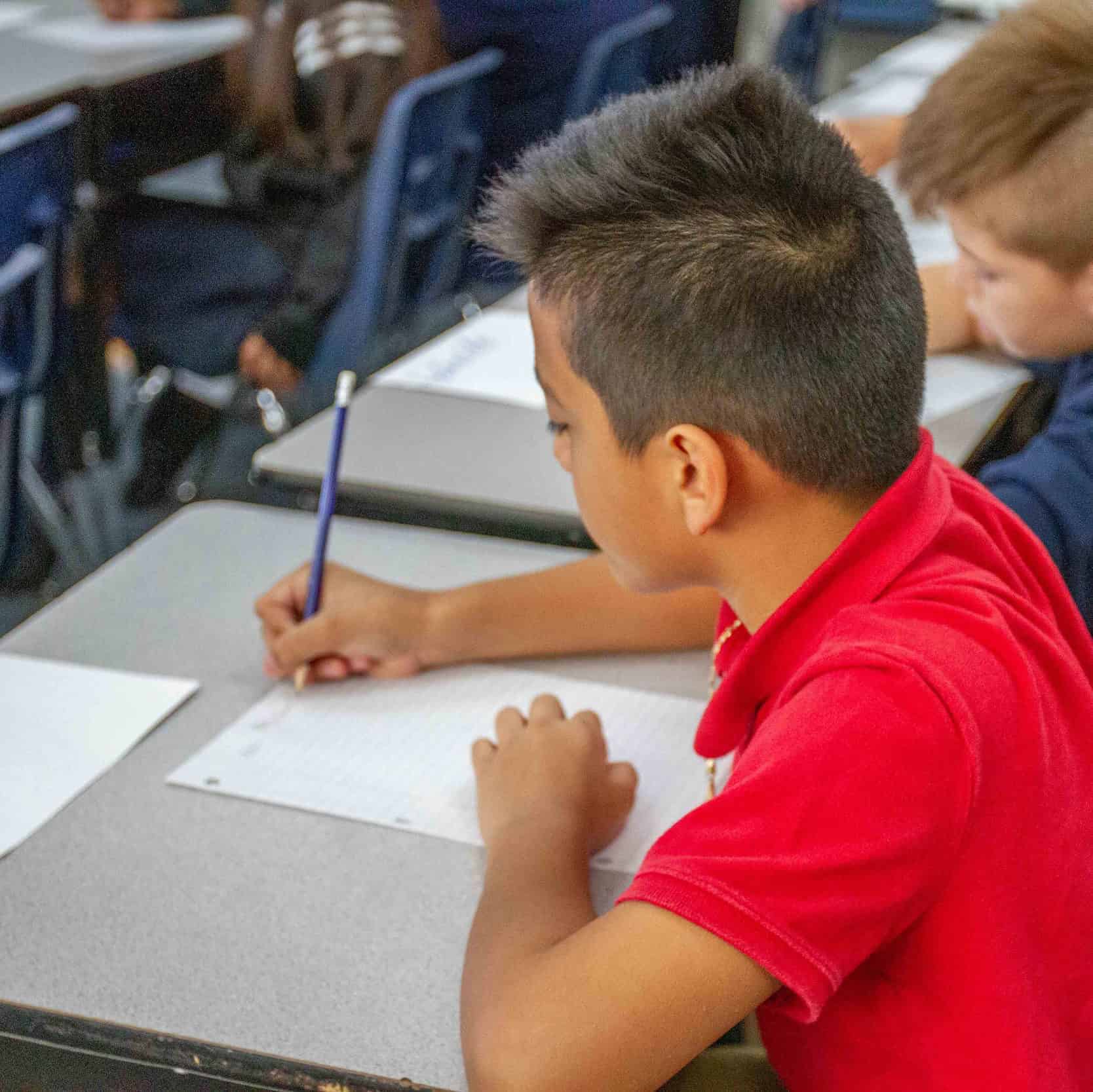
Lessons Learned From Tulsa Public Schools
It is often said that school systems get the results they are designed to produce. Education leaders know that they need to enable key shifts in teaching and learning to make opportunity the reality for every student, but it can be challenging to know where to start.
Our partners at Tulsa Public Schools are boldly taking action around their commitment to opportunity by strengthening their support for strong teaching. Danielle Neves, the Deputy Chief of Academics at Tulsa Public Schools (TPS), and Chong-Hao Fu, CEO at Leading Educators, joined Education Talk Radio to share how their organizations are creating new opportunities for students by working together in the hope of helping leaders navigate change in their contexts. Here are four key insights from the conversation:
The first step? Creating alignment as shoulder-to-shoulder partners.
[We have to] come in with a spirit of vulnerability and partnership. [We have to] share our point of view and what we know, but also be really open that what we know needs to be revised and contextualized for Tulsa.”
To make the partnership successful, TPS and Leading Educators had to agree on the current reality and opportunities for improvement, taking into account the perspectives of diverse stakeholders. Conducting school walk-throughs, sitting in on lessons, and assessing school conditions gave the partners ample context to shape a teacher development and leadership program that could respond to teachers’ unique strengths and needs.
Early alignment included having a plan to gradually train TPS teaching and learning staff to take over the responsibility of designing curriculum-aligned cycles of professional learning, leading the development of content leaders, and supporting the customization of supports in schools. It also helped establish a collaborative relationship between TPS, Leading Educators, and Education Resource Strategies (ERS), a support organization that helped to optimize schedules across the district to create time for teacher learning.
Creating the time for teacher collaboration meant getting creative.
Every school is different. They work through a couple of different models until they find one that works for their school.”
As part of the alignment process, TPS determined that each school needed an uninterrupted 90-minute window of collaborative time for teachers once each week. To create that time, they had to get creative and find the right solution for each school. ERS helped TPS and LE figure out the right schedule model that met the needs and preferences of educators.
TPS has utilized their district IT and finance teams to creatively utilize space, personnel, and grant funds to create different staffing structures that create valuable release time. Across 19 schools, at least 90 minutes of release time has been created.
Teacher leaders have a combination of unique traits.
Teacher leaders have to exhibit a certain amount of vulnerability, an ability to say to their colleagues, ‘We don’t know it all. We come together, and we practice, and we push each other’s thinking.’ That’s very different than being the person who says, ‘I’m just going to tell you what to do.’”
Danielle shared that when searching for teacher leaders at TPS, they looked for a few specific characteristics. First, they worked to identify teachers who might be interested in taking on more of a leadership role. Next, they identified teachers with expertise in a specific content area. Finally, they identified teachers who were able to exhibit vulnerability. Teacher development and leadership work can feel uncomfortable, and having leaders who are able to say, “We don’t know everything yet, but we can figure it out together,” is invaluable.
After two years, promising changes are taking root.
[Our literacy curriculum] is rigorous. Some people would believe our students aren’t ready for it. But what we’re finding in our teacher leaders’ classrooms is that as they take some risks and try new things, their students are rising to the occasion.”
As the partnership enters year three, Danielle highlighted a few areas of growth that have emerged already. Teacher leaders are making changes to their practice by effectively applying their learning in the classroom. Students are responding well by successfully grappling with a rigorous curriculum and rising to the occasion.
Teacher leaders are also internalizing their learning about expectations and using it to grow their practice and their teacher groups. The impact is beginning to spread beyond the teacher leaders and into the classrooms of the teachers they are working with, which is very encouraging.



